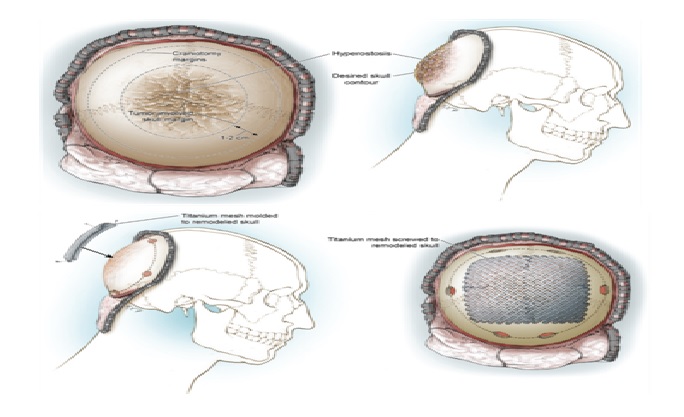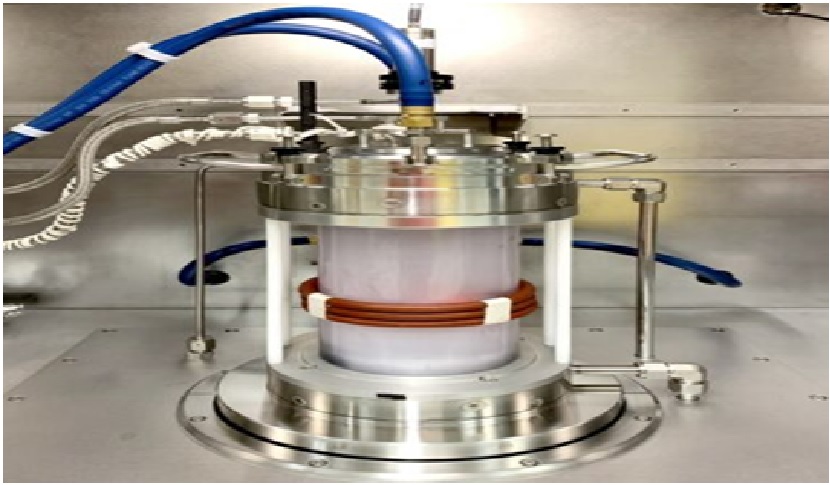The Technology Development of Future Hip Replacement
A hip replacement is a common type of surgery where a damaged hip joint is replaced with an artificial one (known as an implant).

Figure 1. The Total Hip Replacement
Adults of any age can be considered for a hip replacement, although most are done on people between the ages of 60 and 80. A modern artificial hip joint is designed to last for at least 15 years. Most people have a significant reduction in pain and improvement in their range of movement. Hip replacement surgery is usually necessary when the hip joint is worn or damaged so that your mobility is reduced and you are in pain even while resting. The most common reason for hip replacement surgery is osteoarthritis. Other conditions that can cause hip joint damage include:
- rheumatoid arthritis
- hip fracture
- septic arthritis
- disorders that cause unusual bone growth (bone dysplasias)
The three major types of hip replacement are:
The most common type of hip replacement surgery is called a total hip replacement (also called total hip arthroplasty). In this surgery, worn-out or damaged sections of your hip are replaced with artificial implants. The socket is replaced with a durable plastic cup, which may or may not also include a titanium metal shell. Your femoral head will be removed and replaced with a ball made from ceramic or a metal alloy. The new ball is attached to a metal stem that is inserted into the top of your femur as shown in Figure 1.
Two other types of hip replacement surgeries are each generally appropriate for patients of specific age groups and activity levels:
- Partial hip replacement (also called hemiarthroplasty) involves replacing only one side of the hip joint – the femoral head – instead of both sides as in total hip replacement. This procedure is most commonly done in older patients who have fractured their hip.
- Hip resurfacing of the femoral head and socket is most commonly done in younger, active patients.
After a Hip Replacement
Hip replacement recovery starts right away. You will be encouraged to get up and move around as soon as possible after surgery. Patients who don’t have other health conditions can go home as soon as they demonstrate that they can walk, climb stairs, and get in and out of a car.
Some patients might spend time in an inpatient rehabilitation unit to prepare for independent living at home. Whether you go home or to a rehabilitation unit after surgery, you will need physical therapy for several weeks until you regain muscle strength and good range of motion.
The surgeon, physical therapist or occupational therapist can advise you on when you are ready to walk with or without assistance, and how to manage your pain. The provider will discuss your rehabilitation needs, what to expect in the days and weeks ahead, and how to make the most of your recovery. Your motivation and cooperation in completing the physical therapy is critical for an effective recovery process and overall success of the surgery.
References:
- https://www.nhs.uk/conditions/hip-replacement/
- https://www.healthdirect.gov.au/hip-replacement
- https://www.hss.edu/condition-list_hip-replacement.asp
- https://www.hopkinsmedicine.org/health/treatment-tests-and-therapies/hip-replacement-surgery
Cite this article:
Vinotha D (2022), The Technology Development of Future Hip Replacement, AnaTechMaz, pp.167















